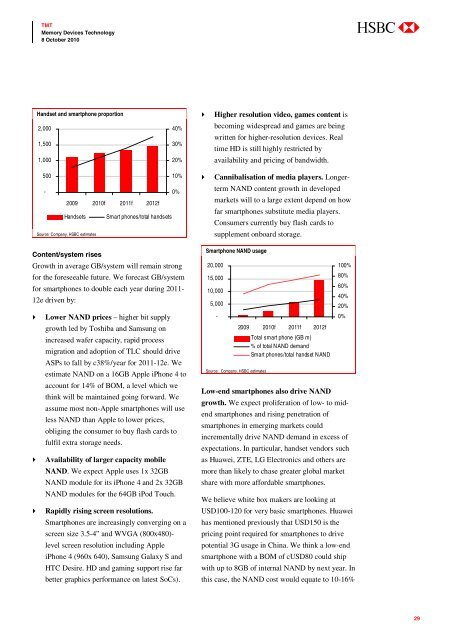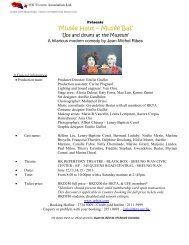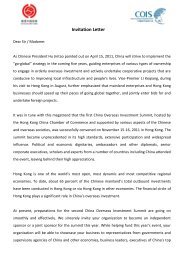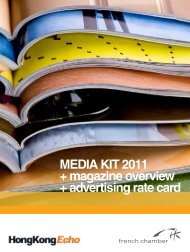You also want an ePaper? Increase the reach of your titles
YUMPU automatically turns print PDFs into web optimized ePapers that Google loves.
TMT<br />
<strong>Memory</strong> Devices Technology<br />
8 October 2010<br />
abc<br />
Handset and smartphone proportion<br />
2,000<br />
1,500<br />
1,000<br />
40%<br />
30%<br />
20%<br />
Higher resolution video, games content is<br />
becoming widespread and games are being<br />
written for higher-resolution devices. Real<br />
time HD is still highly restricted by<br />
availability and pricing of bandwidth.<br />
500<br />
10%<br />
-<br />
0%<br />
2009 2010f 2011f 2012f<br />
Handsets Smart phones/total handsets<br />
Source: Company, HSBC estimates<br />
Content/system rises<br />
Growth in average GB/system will remain strong<br />
for the foreseeable future. We forecast GB/system<br />
for smartphones to double each year during 2011-<br />
12e driven by:<br />
Lower NAND prices – higher bit supply<br />
growth led by Toshiba and Samsung on<br />
increased wafer capacity, rapid process<br />
migration and adoption of TLC should drive<br />
ASPs to fall by c38%/year for 2011-12e. We<br />
estimate NAND on a 16GB Apple iPhone 4 to<br />
account for 14% of BOM, a level which we<br />
think will be maintained going forward. We<br />
assume most non-Apple smartphones will use<br />
less NAND than Apple to lower prices,<br />
obliging the consumer to buy flash cards to<br />
fulfil extra storage needs.<br />
Availability of larger capacity mobile<br />
NAND. We expect Apple uses 1x 32GB<br />
NAND module for its iPhone 4 and 2x 32GB<br />
NAND modules for the 64GB iPod Touch.<br />
Rapidly rising screen resolutions.<br />
Smartphones are increasingly converging on a<br />
screen size 3.5-4” and WVGA (800x480)-<br />
level screen resolution including Apple<br />
iPhone 4 (960x 640), Samsung Galaxy S and<br />
HTC Desire. HD and gaming support rise far<br />
better graphics performance on latest SoCs).<br />
Cannibalisation of media players. Longerterm<br />
NAND content growth in developed<br />
markets will to a large extent depend on how<br />
far smartphones substitute media players.<br />
Consumers currently buy flash cards to<br />
supplement onboard storage.<br />
Smartphone NAND usage<br />
20,000<br />
15,000<br />
10,000<br />
5,000<br />
-<br />
Source: Company, HSBC estimates<br />
2009 2010f 2011f 2012f<br />
Total smart phone (GB m)<br />
% of total NAND demand<br />
Smart phones/total handset NAND<br />
100%<br />
80%<br />
60%<br />
40%<br />
20%<br />
Low-end smartphones also drive NAND<br />
growth. We expect proliferation of low- to midend<br />
smartphones and rising penetration of<br />
smartphones in emerging markets could<br />
incrementally drive NAND demand in excess of<br />
expectations. In particular, handset vendors such<br />
as Huawei, ZTE, LG Electronics and others are<br />
more than likely to chase greater global market<br />
share with more affordable smartphones.<br />
We believe white box makers are looking at<br />
USD100-120 for very basic smartphones. Huawei<br />
has mentioned previously that USD150 is the<br />
pricing point required for smartphones to drive<br />
potential 3G usage in China. We think a low-end<br />
smartphone with a BOM of cUSD80 could ship<br />
with up to 8GB of internal NAND by next year. In<br />
this case, the NAND cost would equate to 10-16%<br />
0%<br />
29
















